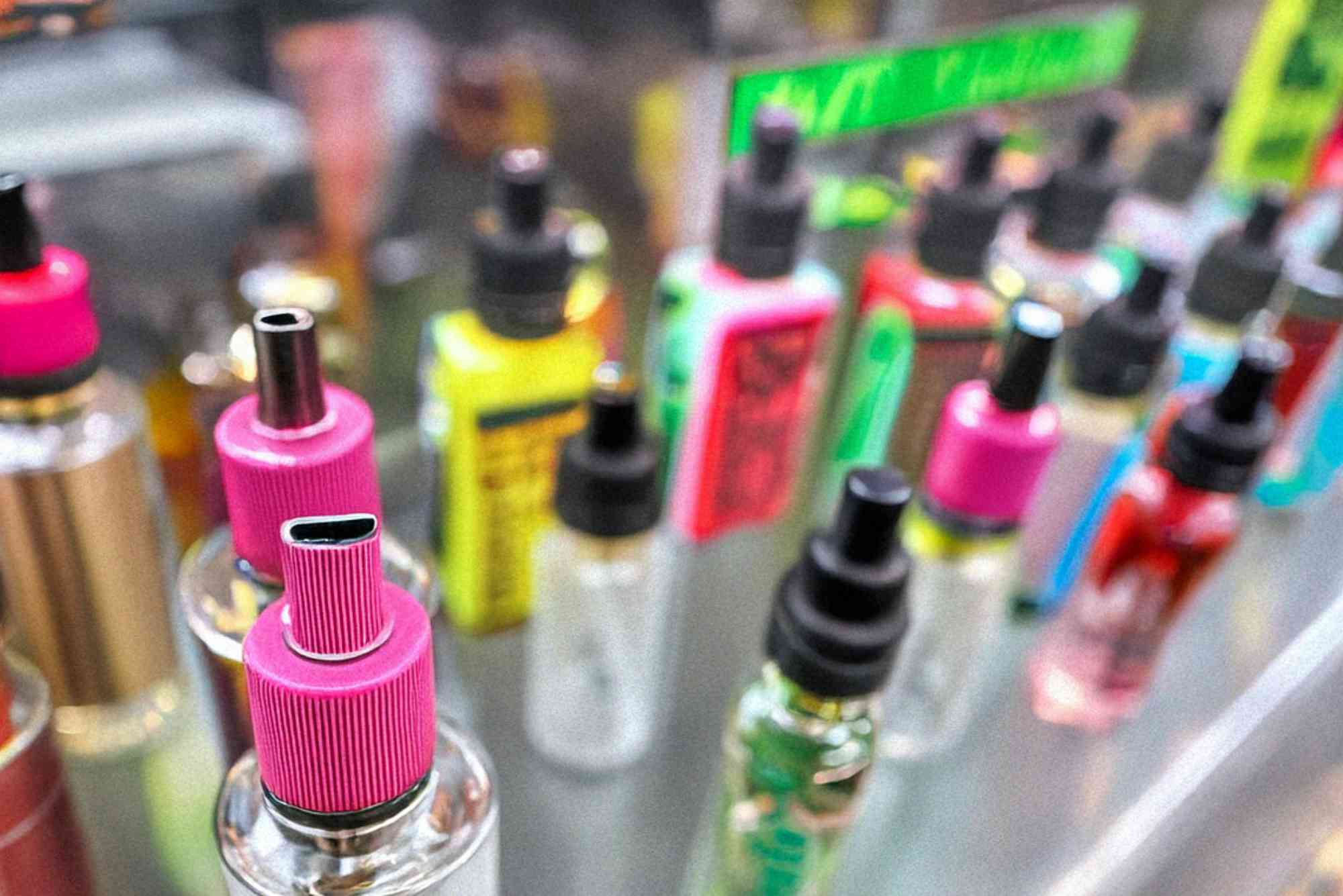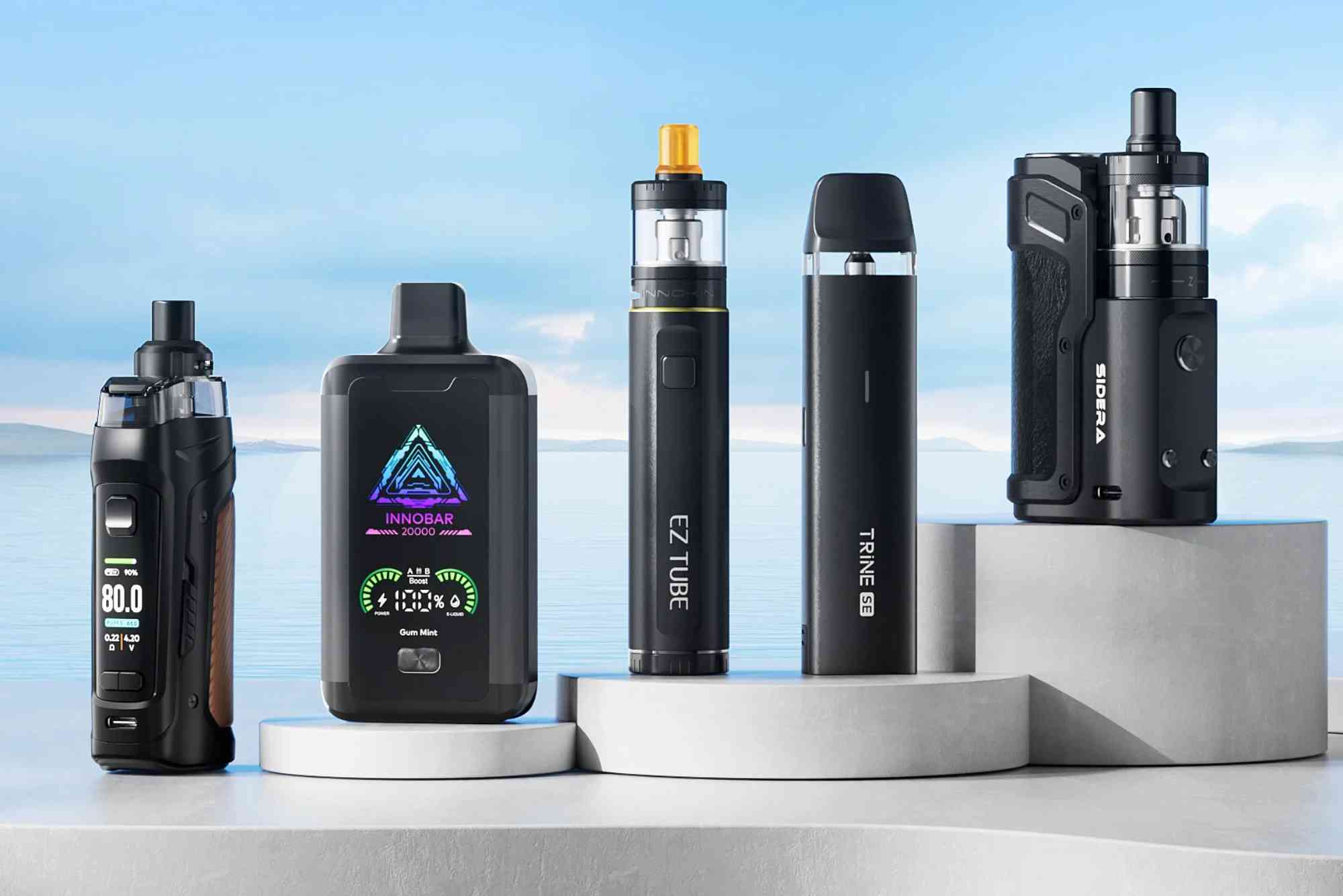Introduction
The debate surrounding the law banning flavored vape juice is one of the most significant conversations in the world of tobacco harm reduction. With growing concerns about youth vaping and the long-term health effects of nicotine, lawmakers and public health experts are questioning whether restricting flavors is the right move or a step backward in tobacco harm reduction.
Understanding the Law Banning Flavored Vape Juice
The law banning flavored vape juice has gained traction across various U.S. states and countries in recent years. The main argument behind these bans is to prevent youth from being attracted to sweet, fruity, and dessert-like flavors that mask the harshness of nicotine. Proponents argue that these flavors are the gateway for teens to develop nicotine addiction, while opponents believe the ban undermines adult smokers trying to quit traditional cigarettes through vaping.
In the United States, the FDA — flavor enforcement & policy statements outline the agency’s position on flavored e-liquids and how they are regulated within the broader context of tobacco control. The FDA enforces strict policies on the manufacturing, marketing, and sale of flavored vape products, often requiring companies to submit premarket applications demonstrating that their products are “appropriate for the protection of public health.”
The Role of Flavors in Tobacco Harm Reduction
Flavors play a crucial role in the vaping experience, particularly for adult smokers looking for a safer alternative to cigarettes. Studies have shown that adult smokers are more likely to switch completely from combustible tobacco to vaping when they have access to flavors they find enjoyable. These flavors help reduce the psychological connection with the taste of tobacco, making it easier to quit smoking altogether.
However, the challenge lies in balancing this harm-reduction benefit with the risk of appealing to underage users. While fruit or candy flavors attract adult smokers seeking variety, they also appeal to teenagers. Policymakers face the difficult task of regulating flavors in a way that supports harm reduction without creating a new generation of nicotine users.
Public Health Perspective: Are Flavor Bans Effective?
The effectiveness of the law banning flavored vape juice depends heavily on how it’s implemented and the population it targets. Several studies indicate that flavor bans can reduce youth vaping rates, but they also show unintended consequences. For instance, adult vapers often report returning to smoking or purchasing flavored products through unregulated sources when flavors are banned.
In states like Massachusetts and New York, sales of menthol and fruit-flavored e-liquids dropped significantly after bans were introduced. However, black-market activity increased, and cigarette sales rose, undermining public health goals. This suggests that while flavor bans can reduce youth access, they may also discourage harm-reduction efforts among adults.
Impact on Adult Smokers
Many former smokers credit flavored e-liquids for their successful transition away from cigarettes. For these individuals, the ability to choose from a variety of flavors helps them maintain interest in vaping and avoid relapse into tobacco use. When these options are removed, adults may struggle to find satisfaction in tobacco-flavored e-liquids, pushing some back toward traditional smoking.
Impact on Youth Vaping Rates
On the other hand, flavored vape products undeniably attract younger audiences. Sweet and minty options often mask the harsh taste of nicotine, making it easier for new users to start vaping. By banning these products, governments aim to reduce youth initiation rates and prevent nicotine addiction from forming early. The question remains whether this benefit outweighs the harm of limiting adult access to safer alternatives.
Economic and Industry Consequences
The flavor ban has also had a significant economic impact. Thousands of small vape shops depend on flavored e-liquids for the majority of their sales. When bans take effect, many of these businesses struggle to survive, resulting in job losses and reduced consumer choice.
From a broader perspective, major tobacco companies have the resources to adapt to new regulations by developing compliant products or shifting focus to tobacco-flavored lines. Independent vape manufacturers, however, often lack the resources to meet complex regulatory requirements, which may inadvertently strengthen the dominance of big tobacco companies in the vape market.
International Examples of Flavor Regulations
Different countries have taken unique approaches to regulating flavored vape juice. In Canada, flavored vape products are allowed but restricted in marketing and nicotine strength. The European Union permits some flavors under the Tobacco Products Directive but imposes strict labeling requirements.
Meanwhile, countries like the United States and Australia have adopted more restrictive stances, with several states implementing full or partial bans. These contrasting strategies reflect the ongoing uncertainty among policymakers about the best way to balance harm reduction and youth protection.
Can the Ban Support Tobacco Harm Reduction?
Whether the law banning flavored vape juice can lead the way in tobacco harm reduction depends largely on how “harm reduction” is defined. If harm reduction aims to reduce the overall health risks associated with nicotine consumption, then limiting access to flavored vapes could inadvertently increase harm by pushing adult smokers back to cigarettes. However, if the focus is preventing youth addiction, then the ban may serve a protective role.
The key lies in finding a middle ground — a regulatory model that allows adult access to flavored vape products under controlled conditions while enforcing strict measures to prevent youth sales and marketing. For instance, requiring robust age verification, banning youth-oriented branding, and restricting online sales could maintain harm reduction without compromising youth safety.
The Science Behind Flavored Vaping and Health
Research into flavored vape juice and its effects is ongoing. While vaping is not risk-free, it is widely considered less harmful than smoking traditional tobacco. The primary health concern comes from the inhalation of potentially harmful chemicals in flavorings when heated. Some compounds, like diacetyl, have been linked to respiratory issues when inhaled at high levels.
That said, public health agencies generally agree that vaping poses fewer health risks than smoking, primarily because it avoids combustion — the process that releases thousands of toxic chemicals in cigarettes. When flavored vape juice helps smokers transition away from combustible tobacco, it contributes positively to tobacco harm reduction.
The Future of Vaping Regulations
The future of vaping and flavor regulation will likely involve a combination of enforcement, education, and innovation. Governments are expected to refine policies based on ongoing scientific research, consumer feedback, and market behavior. Many health experts advocate for evidence-based regulation rather than outright bans, arguing that nuanced policies are more effective in achieving long-term harm reduction.
Technological innovation may also shape the future of vaping. Companies are developing safer formulations and delivery systems designed to reduce potential risks associated with flavor chemicals. Transparency in ingredient disclosure and manufacturing standards will play a key role in building consumer trust and ensuring safety.
Consumer Education and Responsible Vaping
Education is one of the most powerful tools in tobacco harm reduction. Consumers need clear, science-based information about the risks and benefits of vaping, as well as the importance of using regulated products. Public awareness campaigns can help distinguish between legitimate vaping products and dangerous counterfeit or black-market items.
Responsible vaping also means understanding the role of nicotine. Adults using vapes for smoking cessation should aim to gradually reduce nicotine levels over time, using flavors as a motivational tool rather than a crutch.
Balancing Safety and Harm Reduction
The law banning flavored vape juice raises essential questions about how society should approach tobacco harm reduction. While protecting youth is a vital goal, adult smokers deserve access to safer alternatives that can help them quit smoking for good. The path forward requires balance — thoughtful regulation, strong enforcement, and continued scientific research.
As we move toward a future with fewer smokers, policymakers and public health experts must work together to ensure that harm-reduction strategies remain accessible, evidence-based, and effective. Stay informed about vaping regulations and public health research. Support policies that balance youth protection with adult access to safer alternatives — because smarter regulation, not prohibition, is the true key to tobacco harm reduction.
Frequently Asked Questions
Is banning flavored vape juice effective in reducing youth vaping?
Yes, research shows that flavor bans can reduce youth vaping rates, but they may also lead adults to return to smoking or seek illegal alternatives.
Why do adults prefer flavored vape juice?
Flavored vape juice helps adult smokers replace the taste and sensation of cigarettes, making quitting easier and more enjoyable.
Are flavored vapes more harmful than tobacco-flavored ones?
Not necessarily. The harm depends on the chemical composition of the flavorings, but overall, vaping remains less harmful than smoking.
Can the flavor ban increase cigarette sales?
In some regions, cigarette sales rose after flavor bans, as adults reverted to traditional tobacco products.
What is the FDA’s role in regulating flavored vape juice?
The FDA oversees the manufacturing, marketing, and sale of vape products. It requires premarket approval to ensure that flavored products protect public health. You can learn more on FDA — flavor enforcement & policy statements.




